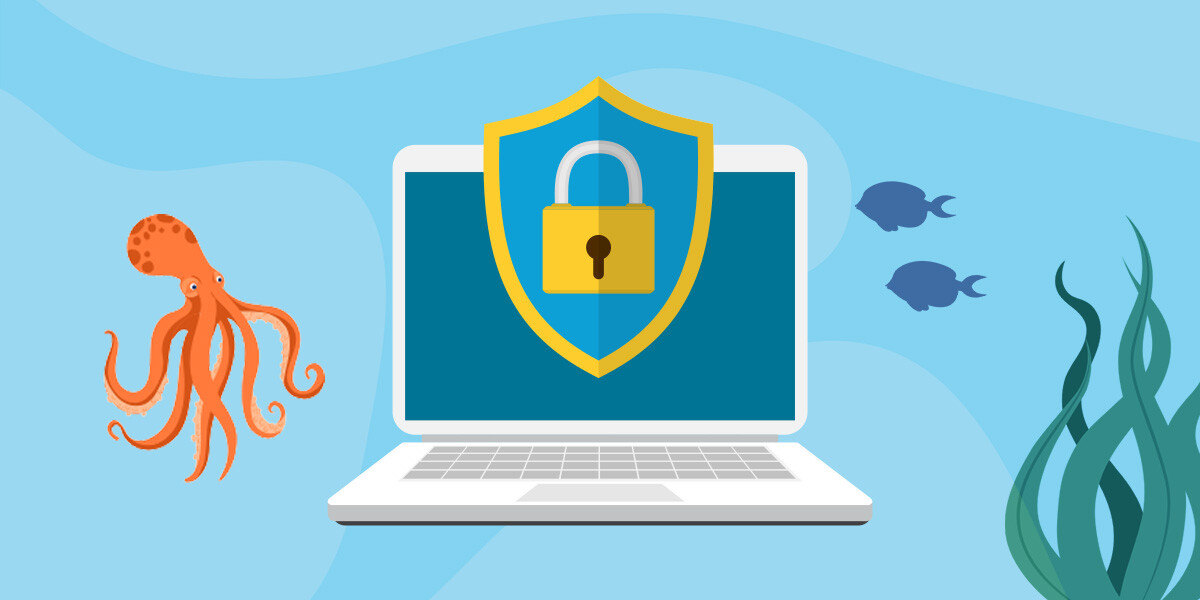


What You Need to Know About Cybersecurity Compliance



Cybersecurity compliance can be a challenging concept for many organizations. In addition to understanding relevant laws and regulations for your sector, you also need to keep up with evolving and increasingly advanced threats.
If you're a managed service provider (MSP), we'll explore how you can help your clients remain compliant and achieve peace of mind.
What Is Cybersecurity Compliance?
Cybersecurity compliance is about adhering to the laws, regulations and standards set in place to protect sensitive data and systems from cyberattacks. These rules are often industry-specific and focus on ensuring an organization implements the necessary measures to defend itself against online threats.
The Different Types of Sensitive Data
When we talk about data protection and security, we’re referring to sensitive data that falls into three main categories:
- Personally Identifiable Information (PII) is any personal data used to uncover an individual’s identity, such as a person’s name, date of birth, social security number and address.
- Financial information is still personal information, but it includes an individual’s financial data, such as credit card numbers, bank account information and credit history.
- Protected health information includes a person’s medical history, appointment history, prescription records and other personal health-related information.
In addition to the above main categories, sensitive data may include a person’s race, IP address, email address, usernames, passwords and biometric insights.
Why Is Cybersecurity Compliance Important?
According to Statista, the current estimated annual cost of cybercrime in the U.S. is $452.3 billion. This number is expected to rise and reach $1.82 trillion by 2028. Globally, estimates of the cost of cybercrime were forecast to increase from 2024 to 2029 by 69.41%. While these numbers can be challenging to hear, perhaps the most worrying part is cybercriminals are targeting all industries. From finance to manufacturing, supply chain and more, every sector is at risk.
The best way an organization can protect itself is by being compliant. As an MSP, you may find that your clients view compliance as a chore that they “have to do” to avoid fines. You can help them understand that this isn’t just about avoiding penalties but also about the following:

- Protecting their finances: The estimated cybercrime costs we’ve mentioned above highlight one fact — cybersecurity can be very costly to a company. However, if you choose to be compliant, you’re choosing to improve your organization’s overall financial wealth.
- Enhancing overall security: Internet usage has grown significantly over the past few decades and will continue to rise. The challenge with this reality is that personal information and data are made available online. When your organization is clear on all the cyber threat essentials, you’re taking a good step forward in protecting your finances and your customers' personal information — individuals who trust you with their sensitive data.
- Protecting their reputation: When a company experiences a cyberattack, it can disrupt operations, sensitive customer data may be stolen, and the company may get unwanted attention. All this leads to reduced customer confidence, and it may take a long time to fix this damage. On the other hand, when a company takes extra measures to protect the sensitive data they work with, customers will be more confident in sharing their personal information, which may help protect the company’s reputation.
5 Steps to Building a Cybersecurity Compliance Plan for Your Clients
As an MSP, you can give your clients confidence in their security so they can focus on growing their business. The following steps can help you achieve that.
1. Keep Things Simple
If you’re new to cybersecurity, it can be easy to get overwhelmed by the endless acronyms, like GDPR, PCI DSS or GDPR. The good news is that you don’t have to help your client become an expert at all of them. You just need to help them focus on their specific industry’s requirements.
For example, if your client is in health care, they must focus on the Health Insurance Portability and Accountability Act (HIPAA) compliance. If they handle credit card payments, PCI DSS compliance should be the main priority. The key is to keep things simple by identifying which rules apply and start from there.
2. Perform a Risk Analysis
Risk assessments are all about understanding where there are vulnerabilities and how cybercriminals could exploit these weaknesses. A risk analysis would include:
- Mapping out all the assets: At this stage, you'll need to identify what needs protecting. This includes customer data, company information and payment systems.
- Identifying threats: Assess potential risks like a data breach, phishing attacks, malware or even physical breaches.
- Evaluating vulnerabilities: Look for gaps in the client's current defenses. Is their software outdated? Are their employees using weak passwords?
- Measuring impact: Determine the potential consequences if a threat were to occur.
- Prioritizing risks: Not all risks are equal. Prioritize the vulnerabilities with the highest likelihood of being exploited and which have the most significant potential impact.
3. Develop Security Protocols
Once you’ve done a thorough risk assessment and understand the impact that may occur from security breaches, you can then set security protocols that focus on the measures an organization will take to handle risk. This may include the following:
- Employee training
- Password policies
- Data encryption
- Incident response plans
- Insurance
4. Help Build a Culture of Security
Research shows that human error is the number one contributing factor to data breaches. This means that compliance is more than just using the latest technology. It's about getting the whole team on board.
Encourage your clients to invest in training all their employees, not just the IT department. This training can include phishing simulations, where you can recreate realistic threats so your users can put their training into practice. Network security training can help employees quickly recognize risks and make cybersecurity second nature to them. When staff understand how their actions impact a company's safety, compliance will become a team effort, not just an IT problem.
5. Keep Evolving
Unfortunately, cybersecurity isn’t a one-time effort. Threats change, cybersecurity regulations update, and technology keeps evolving. That’s why it’s essential to understand that staying compliant means being proactive. Practically, this means:
- Setting regular check-ins with your clients to review policies.
- Updating systems.
- Ensuring your client is still meeting the latest requirements.
- Keeping staff updated on the latest cyber threats.
Supercharge Your Cybersecurity Efforts With Phin Security
With cyber threats on the rise, every organization, big or small, must do everything it can to protect itself. One of the key components of a strong cybersecurity defense is training employees. Phin Security provides engaging lessons that give employees cybersecurity training with realistic phishing simulations that prepare them for real-life scenarios.
Our platform also has advanced reporting and analytics capabilities, giving your team the clarity they need to understand how best to proceed with training each employee and department. Start your 30-day free trial today and take a step forward in protecting your clients for good.







Leave a comment: